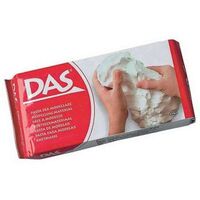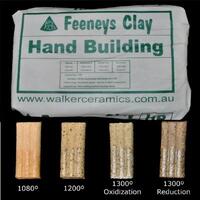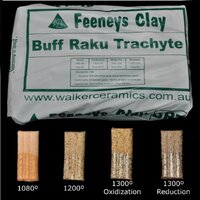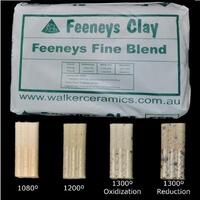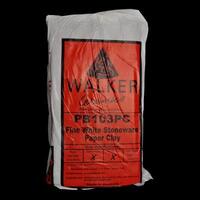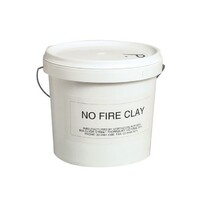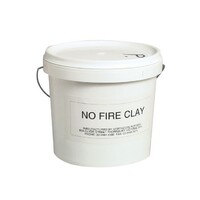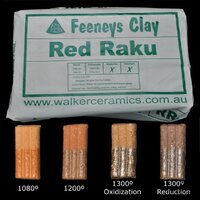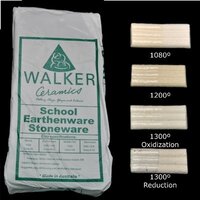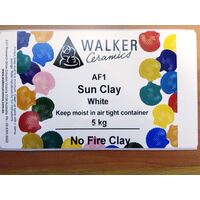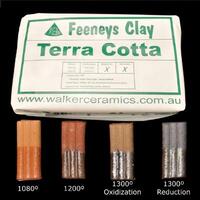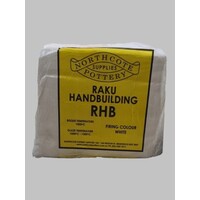Clay
Clays have been used in ceramics and pottery for thousands of years due to their plasticity and ability to harden when fired.
Fire clays are a type of clay that can withstand high temperatures without melting or breaking down. They are commonly used in the production of ceramics and refractory materials.
Non-fire clays, on the other hand, are clays that cannot withstand high temperatures and are therefore not suitable for firing. They are often used in air-dry clay, which is a type of modelling clay that dries at room temperature and does not require firing. Air-dry clay is a popular material for sculpting, craft projects, and educational activities.
Clay FAQs
The best clay for sculpting can vary depending on the intended use and desired properties. Some popular options include:
Oil-based clays are pliable and hold fine details well, but they can be messy to work with and have a strong odor.
Water-based clays are easy to clean up and have a milder odor, but they can dry out quickly and are less durable than oil-based clays.
Air-dry clays are convenient and don't require baking, but they can be brittle and not as strong as other types of clay.
Ceramic clays, such as terracotta or porcelain, can be fired in a kiln to create a permanent and strong sculpture, but they require specialized equipment and skills to work with.
Ultimately, the best clay for sculpting will depend on the individual artist's preferences and needs, as well as the type of sculpture they are creating.
It depends on the type of clay you are using. Some clays, such as water-based clays such as Super Sculpey, need to be baked in the oven to cure them and make them hard and durable. This process, called "baking," helps to activate the binder in the clay and make it more permanent. The baking temperature and time will vary depending on the specific clay you are using, so it is important to follow the manufacturer's instructions.
Other types of clays, such as air-dry clays or ceramic clays, do not need to be baked. Air-dry clays dry on their own over time, while ceramic clays are fired in a kiln to make them permanent and strong.
It's important to note that not all clays are suitable for every type of project, and it's always best to choose the right clay for the specific project you have in mind.

